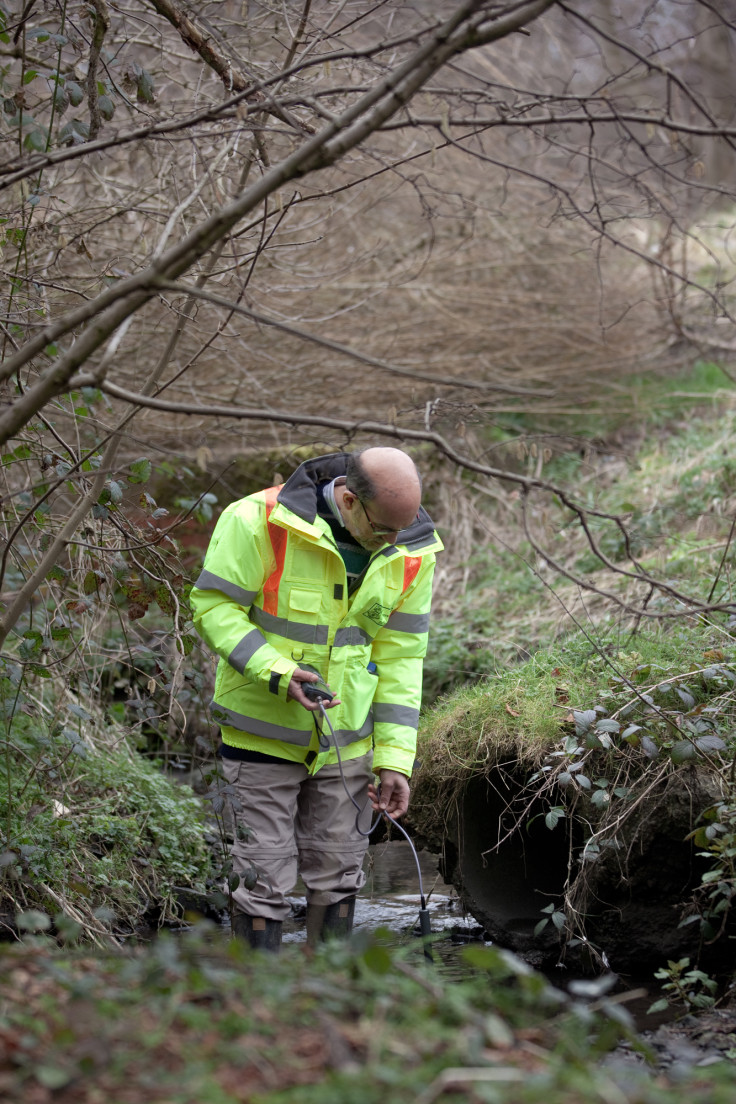Glow-in-the-dark tampons cheap and effective at finding river sewage

Glow-in-the-dark tampons are being used by scientists to detect sewage in UK rivers, with the untreated cotton readily absorbing chemicals that show up under UV light.
The chemicals absorbed by the tampons are known as optical brighteners. They are used enhance whites and brighten colours – and they show up under UV light.
Scientists from the University of Sheffield have now found that when tampons are dipped in water contaminated by even the tiniest amounts of detergents or sewerage, they will glow under UV light.
They were so sensitive that when dipped for just five seconds in a solution containing 0.01ml of detergent per litre (over 300 times more dilute than you would expect from contaminated water), the optical brighteners could be identified immediately and were visible for 30 days.
Published in the Water and Environment Journal, the authors said tampons could be used as a cheap and effective method of finding houses that are incorrectly connected to the surface water network – meaning sewage is being discharged into a river instead of a treatment plant.
At present, it is difficult and expensive to detect where this is happening. Study leader David Lerner said: "Our new method may be unconventional - but it's cheap and it works."
The technique was trialled by suspending tampons for three days in 16 different locations where there were water outlets running into streams and rivers in Sheffield. They were then tested in the UV light, with nine glowing – indicating the presence of sewage pollution.
"I was surprised. You only have to dip it in the water for a few seconds with the most minute concentrations ... it will just absorb onto tampons or any cotton very quickly," Lerner told IBTimes UK.
He said a number of scientists had started to recognise optical brighteners were the best way to identify pollution: "What we've realised was that all you needed was an on off - you just want to know if it's present or not present and this turns out to be terribly simple to do."

The potential savings run into the thousands and Lerner and his team are now planning a citizen science project to try to find homes that have been connected to the wrong sewer.
"Often the only way to be sure a house is mis-connected is through a dye test - putting dye down a sink or toilet and seeing where the coloured water appears in the sewer," Lerner said in a statement. "It's clearly impractical for water companies to do this for all the households they supply, but by working back from where pollution is identified and narrowing it down to a particular section of the network, the final step of identifying the source then becomes feasible."
Lerner said he hopes to begin the project in Bradford in May – the sewage works in Bradford is located outside of the city, so there should be no sewage in the river. But this is not the case, and pollution is coming from mis-connections, he said.
"Mis-connections are quite a big problem," he said. "There's a suggestion it might be 5% of houses have something wrongly connected.
Explaining the effects of these mis-connections on rivers, he added: "You get this stuff in the river it discolours the river, so it's no longer aesthetically pleasing, which puts people off enjoying the river - the river's not dangerous, but it's always got this grey blue colour in it and it puts people off.
"The other thing is you get sewage fungus, which turns the bed of the river and everything else grey because it's all the wrong things growing there, eating, living off the sewage. It changes the biological makeup. Instead of having nice things you've got this grey bacterial mat that smothers the plant life and invertebrates at the bottom."
© Copyright IBTimes 2025. All rights reserved.






















